Popular on Food52
8 Comments
Kayla A.
May 19, 2015
What is l'espilette pepper? I see it in many recipes, yet have never seen it in a store. What can I use as a substitute?
Ashley B.
March 16, 2013
My favorite pepper is Kampot pepper specially in red. It is very tasty and fragrant. http://kampot-pepper.us
Do you have other arontic pepper to advise me?
Do you have other arontic pepper to advise me?
Kitchen B.
June 6, 2012
A Kitchen Confidence feature on cardamom pods would be great - I say this because I've been meaning to blog about the different types of cardamom I've come across including one impostor - white cardamom! I hurriedly snatched up a bottle in Paris a few years ago, excited that I had happened upon a rare being.......only to discover...an impersonation, skimmed milk masquerading as cream - bleached green cardamom pods masquerading as new, fresh, white!
Panfusine
June 6, 2012
White cardamoms go thru a bleaching process, an extra step .. Cardamoms by themselves have quite a bit of processing before they get to the form that we buy.. I'll get the details from my other half (his family once owned a cardamom plantation) & share..
Kitchen B.
June 6, 2012
Grains of Paradise are plentiful in Nigeria - they are chewed as a common cure for a sore throat! But also in a spicy peanut butter and other dishes. I also have cousins of piper nigrum - long peppers. Would one call these impostors or the real thing?
I have a tin of penja pepper and sugar that I got as a gift from a friend. Haven't really used it much - I'm thinking now it would be great in meringues, sort of a blank template for the pepper flavours to shine through. Thanks for giving us the 'low-down'.
I have a tin of penja pepper and sugar that I got as a gift from a friend. Haven't really used it much - I'm thinking now it would be great in meringues, sort of a blank template for the pepper flavours to shine through. Thanks for giving us the 'low-down'.
Panfusine
June 6, 2012
Long peppers were a precursor to peppercorn & have been used since Roman times..They're a different variety and its not the fruit thats used but rather the inflorescence or Catkin. They have a zing similar to schezuan pepper (AARGH, another pepper!). I have a recipe on F52 for Lehiyam truffles that uses long pepper.
Panfusine
June 5, 2012
My favorite and a staple in my kitchen is a jar of green peppercorn on the stalk pickled in brine these bottles usually have a couple of bits of preserved lemon as well.. It works wonders for pesto & dips!

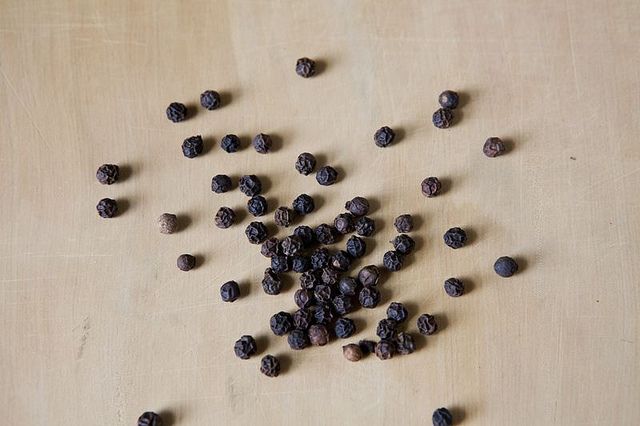
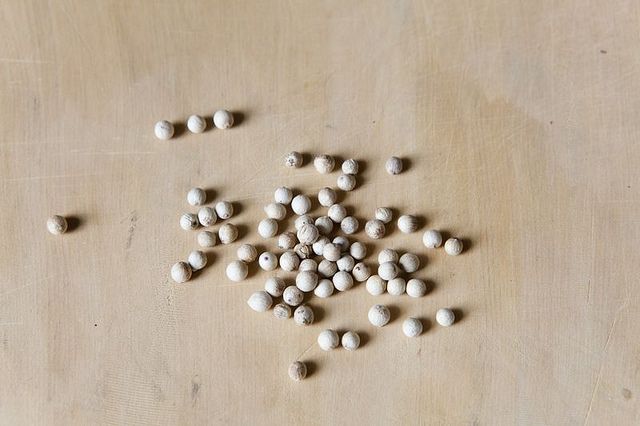
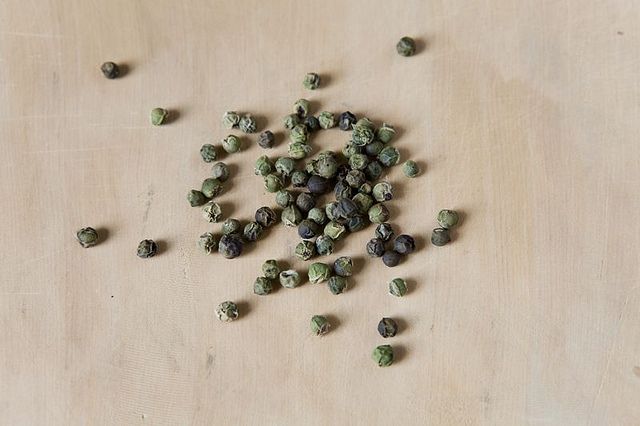
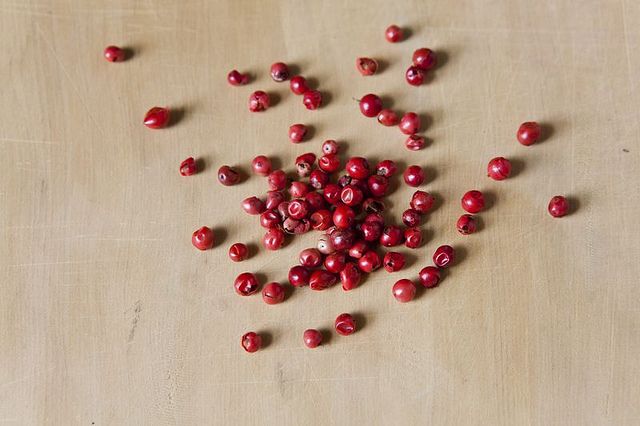
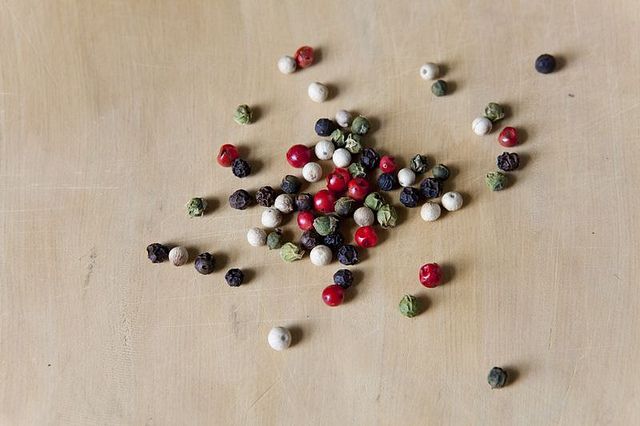


See what other Food52 readers are saying.